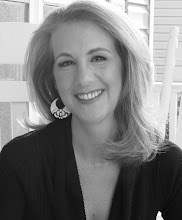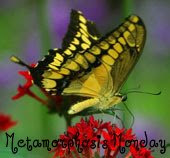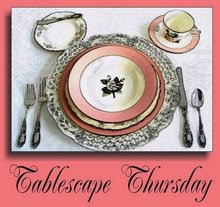 Travelling chest and cases
Travelling chest and cases Palms and plants
Palms and plantsThe master bedroom has a tray ceiling~~~so called because it looked like an inverted tea tray. Tray ceilings are typical of Caribbean homes. This added height, and also helped accomodate ceiling fans which helped the air circulating. Bedside tables offer another opportunity to create tablescapes from prized objects...they are there to continually remind you of your adventures abroad but also support more personal things like family photos and night time reading. Most of the things listed here can be found in the book listed above..
Second....
British Colonial Furniture
Said by Karl Marx to be the greatest civilising force in history the British Empire held vast tracts of the earth, built up over a period of three centuries. At its peak the empire's dominion extended to all continents with about a quarter of the world's population and area under its control.By the Victorian era of the mid to late 19th century the imperial British had extended their empire around to more exotic parts of the world, from Singapore to East Africa, from India to the British West Indies. With them, they brought their language, their ideas on government, their peculiar customs, and of course their furniture and designs. The Victorian era was a rather formal time and the British, although they enjoyed traveling to the distant outposts of the Empire, were often loathe to forego the comforts of home. As a result they brought the solid and sturdy furniture designs of England and adapted them to the tropics. Along the way, they adapted Asian and African motifs into those traditional designs. This melange became British Colonial style and it is easily recognized by its sturdy, yet sometimes fanciful pieces, of teak and mahogany as well as its use of rattan, leather, and animal prints.Hardwoods, such as teak and mahogany, were particularly suited to the humid climates of the Empire. Unlike softer woods, like pine, that tended to warp in the tropical humidity, these woods stood up to the most extreme conditions and were readily available in most of the colonies. Often furniture was carved by native craftsmen using British designs, and you'll frequently find little flourishes of Asian, Caribbean, or African art, intermixed with the original carving. If one looks carefully at that mahogany four-postered bed, you'll notice, perhaps, a carved pineapple atop the posts.
This information can be found at Chisholm Gallery~~~Your lesson for the day!























































3 comments:
Thanks Lisa! That was of such interest to me! I ordered the book from amazon!!! I am suffering from a terrible cold! (YUCK) Talk to you tomorrow! Donna
Sorry you left the RMS family and turned your porch light off. Best of luck to you in the suture.
Hi Lisa! This information was so very interesting and informative! I tell ya, it's "right up my alley"...hehe!!! I have such a love for history, travel, and interior design...and you covered all three of my "first loves" in this article!!! I believe it was Thomas Kinkade that came out with a furniture line (British Colonial in the Islands) a few years back...I remember seeing the ads on TV and in magazines! The style intriqued me...the furniture seemed to use some heavy substancial pieces in darker woods but the fabrics were light & airy, in beautiful whites and creams with a few spicy colors used for accents! I love the style...I mean, who wouldn't...to have a room that gives you that "take me away to the islands" kind of feel!!! To me...it seems to be about "traditional" leaving the comfort of it's roots traveling to a far away place of mystery & intrique!!! Thank you for this information...I hope you'll find me an avid student...hehe!!! Chari (Happytodesign)
Post a Comment